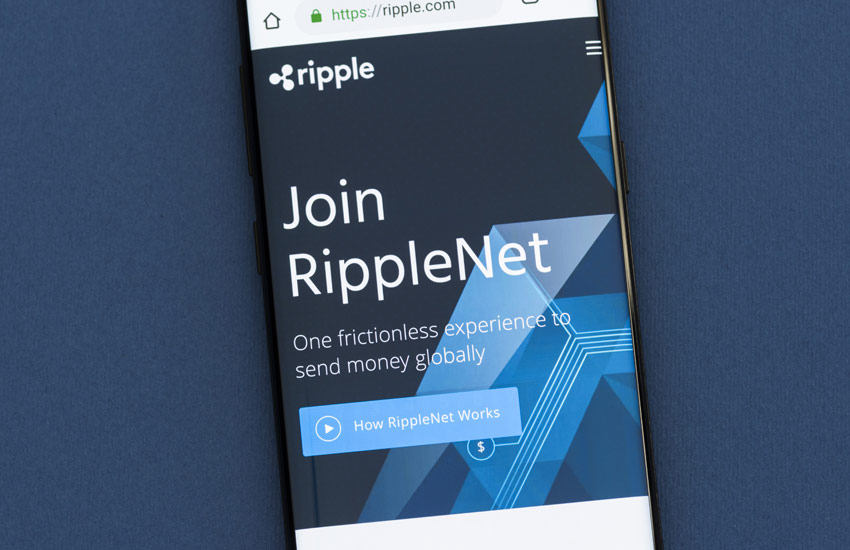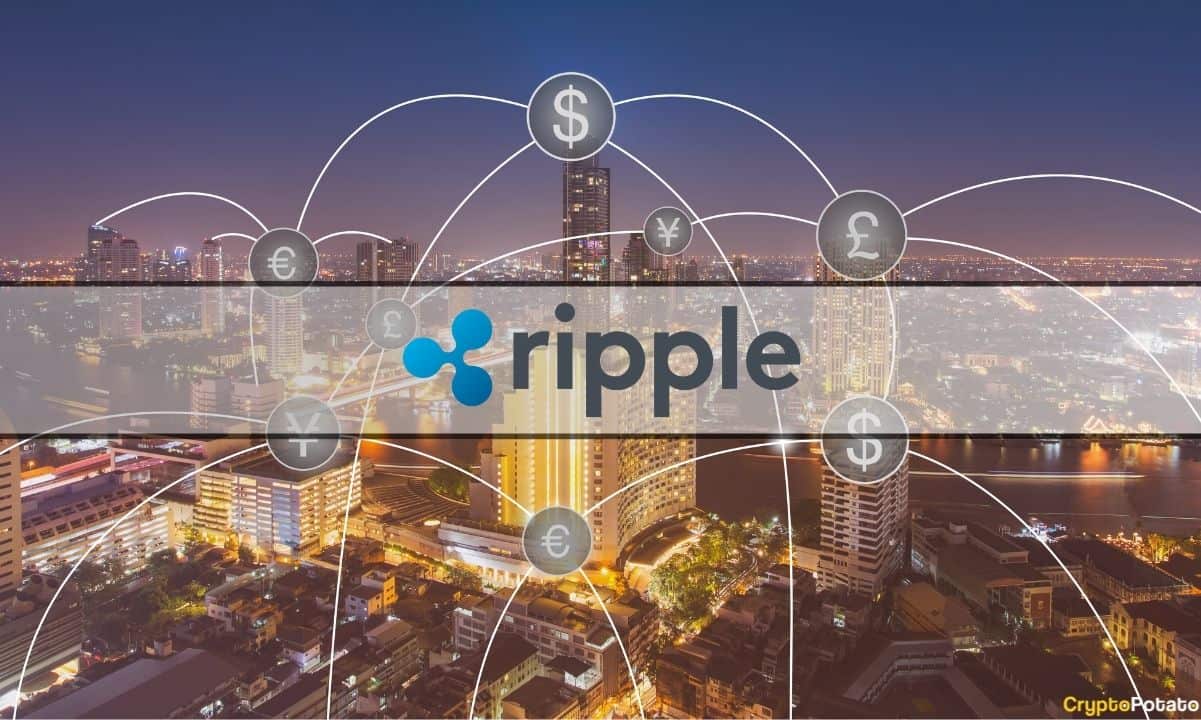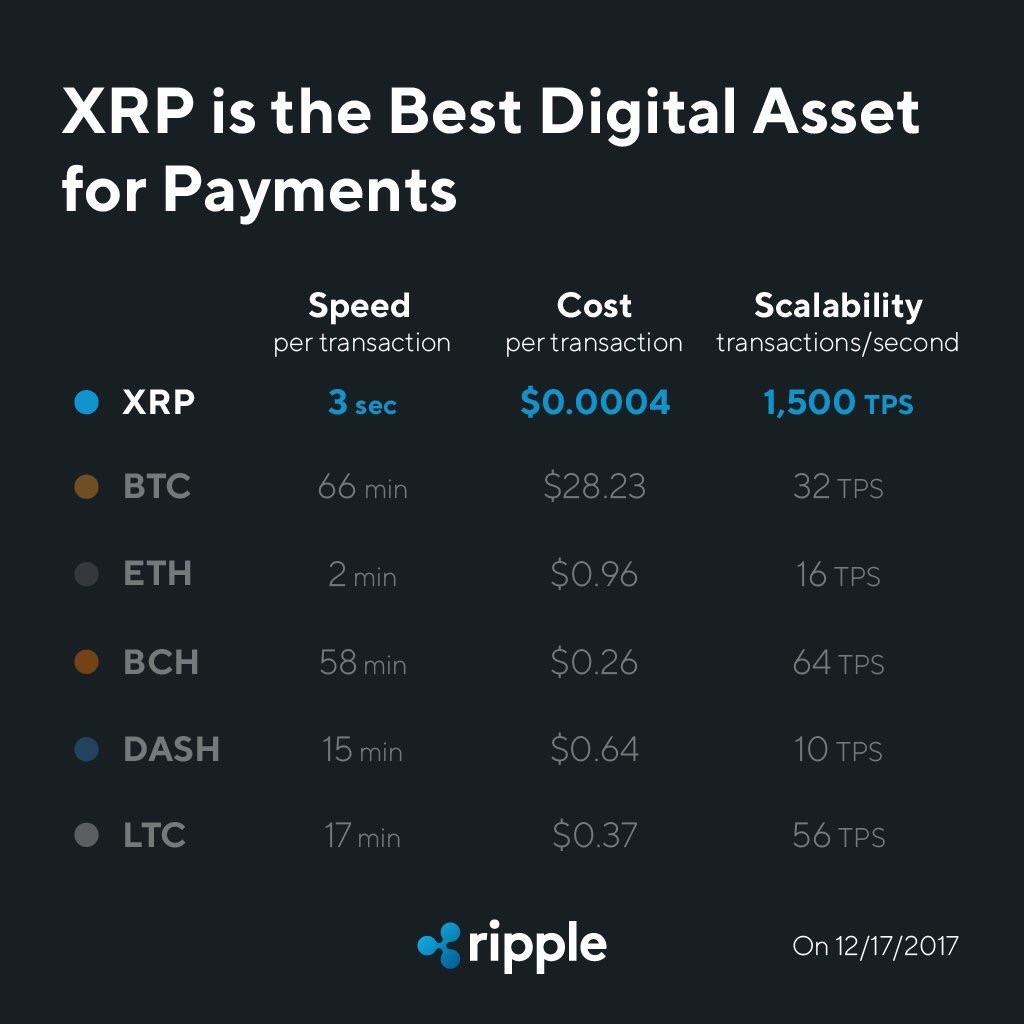Ripple (XRP) Gains Global Momentum: Central Banks Get On Board
Ripple (XRP) has made significant strides in advancing financial technology, particularly with its flagship X-Current cross-border payment solution. With an increasing number of central banks exploring Ripple’s potential, this article delves into the growing use of Ripple by central banks, the benefits and challenges of integration, and its implications for global financial systems.
Introduction to Ripple (XRP)
Ripple Technology and XRP Tokens
Ripple is a fintech company focused on solving the challenges of cross-border payments. It operates RippleNet, a payment network that facilitates global financial transactions using XRP, a digital currency designed to enable seamless money transfers across borders.

XRP’s Role in the Financial Industry
Ripple aims to transform international money transfers using blockchain technology and digital assets like XRP. By enabling faster and more cost-effective transactions, Ripple reduces the resource demands typically placed on banks and payment providers, thereby enhancing the efficiency of global financial operations.
Banks and Central Banks Experiment with Ripple Technology
Ripple’s Growing Interest Among Central Banks
Ripple’s technology has the potential to revolutionize central banking by reducing the costs and intermediaries associated with cross-border payments. As trust in digital assets grows, more central banks are experimenting with Ripple’s solutions to enhance their payment systems.

Central Bank Initiatives and Pilots
Several central banks are currently testing Ripple’s technology through various projects and pilot programs. These initiatives aim to assess the benefits and challenges of implementing Ripple on a larger scale, providing valuable insights into how digital assets can integrate with existing financial systems.
Ripple and Central Banks: Beyond Just XRP
Enhancements in Cross-Border Banking
Ripple technology allows central banks to conduct faster, more transparent cross-border transactions, significantly reducing settlement times and improving capital efficiency.
Faster Settlements and Transfers

By leveraging Ripple’s network, central banks can expedite settlement processes and increase the speed and reliability of payment transactions, leading to more efficient financial operations.
Cost Reduction and Risk Mitigation
Using Ripple technology, central banks can cut costs and reduce risks associated with cross-border payments, enhancing the stability of the global financial system.
Challenges and Considerations for Central Bank Implementation
Regulatory Obstacles and Compliance Issues
Integrating Ripple into central banks’ operations introduces complexities related to regulatory compliance. As Ripple becomes part of central banks’ balance sheets, it poses challenges for legal frameworks and custody arrangements.
Technical Integration Challenges
Central banks may face difficulties integrating Ripple solutions with their existing systems and infrastructure. Careful planning and coordination are essential to ensure smooth integration.
Security and Privacy Concerns
Security and privacy are paramount for central banks handling sensitive financial data. The adoption of Ripple technology must be accompanied by robust cybersecurity measures to protect against potential threats.
The Ripple Effect on Global Finance
Evolution of Traditional Banking Systems
Ripple is pushing the boundaries of traditional banking by offering faster and more cost-effective payment options. This disruption forces banks to innovate and adapt to the digital age, avoiding obsolescence in the face of technological advancements.
Impact on Cross-Border Transactions
Ripple’s technology eliminates the delays associated with traditional international fund transfers. With XRP, transactions are completed quickly and at a low cost, making hidden fees a thing of the past and streamlining global payments.
Ripple Adoption and the Regulatory Landscape
Current Cryptocurrency Regulations
Navigating the regulatory environment for cryptocurrencies is complex, but Ripple is committed to working with regulators to ensure compliance and gain support from the financial industry.
Central Banks’ View on Ripple Regulation
Central banks are cautiously optimistic about Ripple’s potential but remain concerned about the risks and implications of widespread adoption. Balancing innovation with regulation is crucial for Ripple’s continued success.
The Future of Ripple (XRP) and Central Bank Adoption
Promoting RippleNet to Central Banks
As more central banks explore Ripple, XRP’s future in the global financial ecosystem looks promising. Increased adoption could position Ripple as a key player in modernizing payment systems worldwide.
Predicting XRP’s Role in the Global Financial Ecosystem
While the future is uncertain, Ripple’s technology could become a significant force in shaping global financial transactions. As more nations and banks adopt Ripple, XRP may play a crucial role in the future of digital payments.
Conclusion: The Growing Adoption of Ripple (XRP) by Central Banks
The global adoption of Ripple (XRP) by central banks is accelerating, driven by the technology’s ability to enable faster and more cost-effective transactions. While challenges remain, the benefits of Ripple’s solutions are leading more financial entities to consider its integration, paving the way for a more efficient and sophisticated global financial system.

